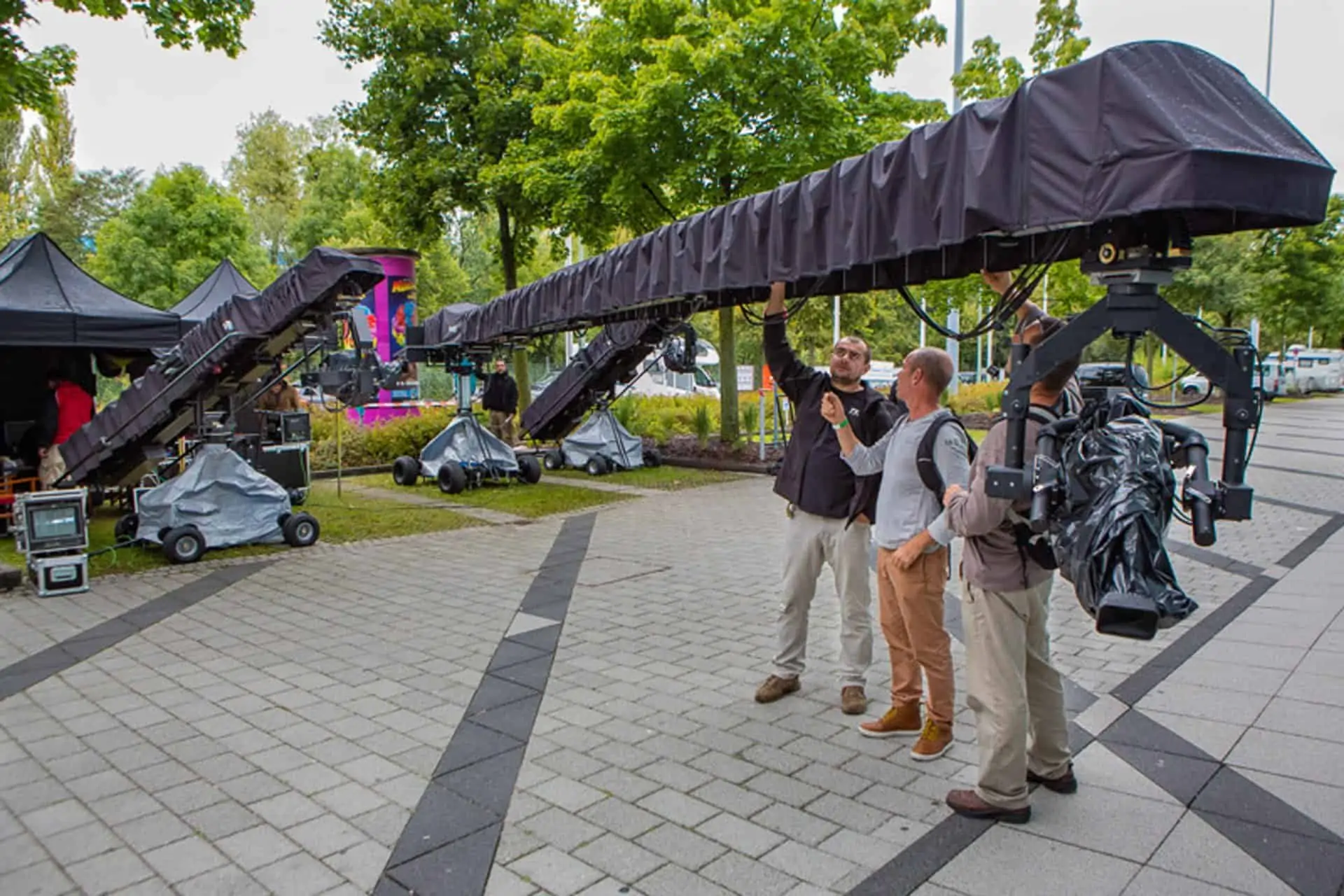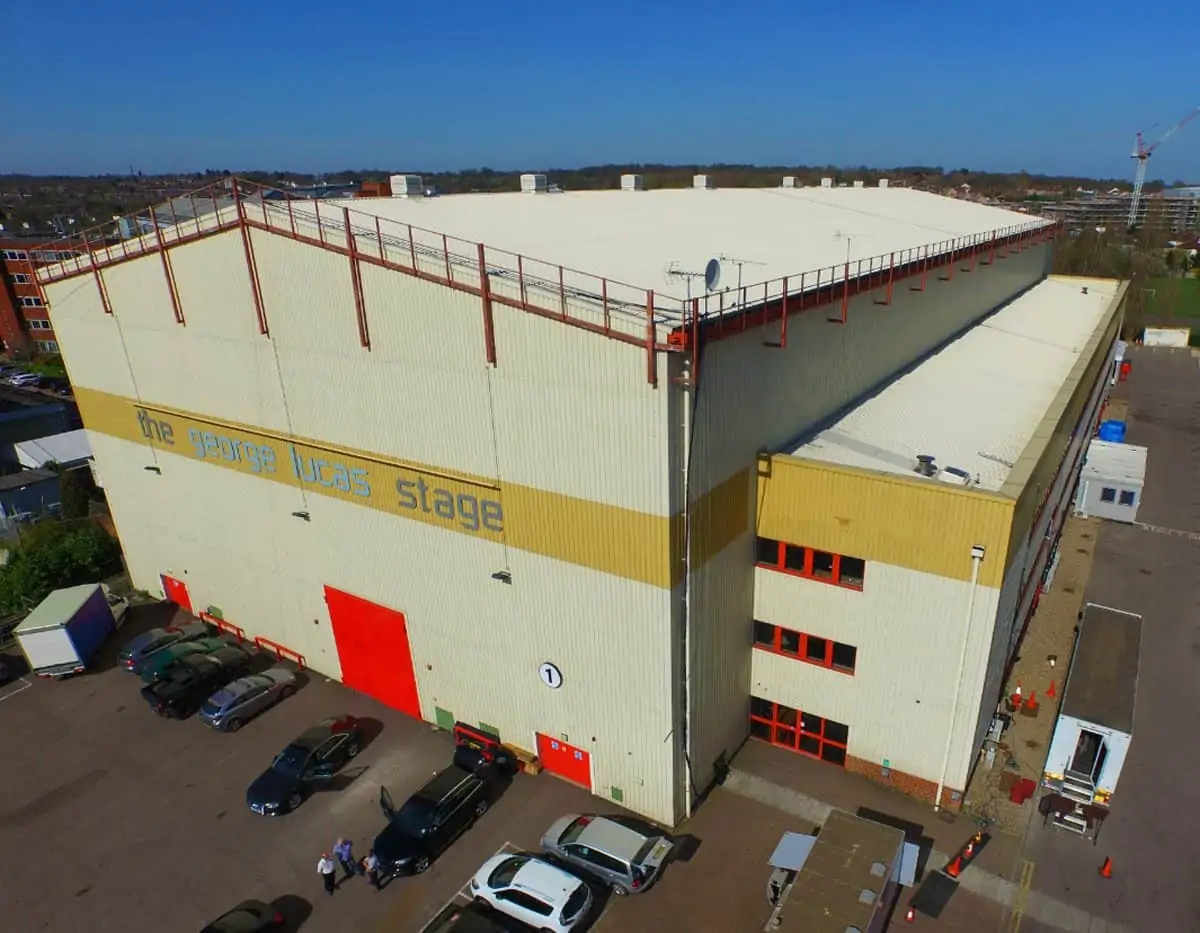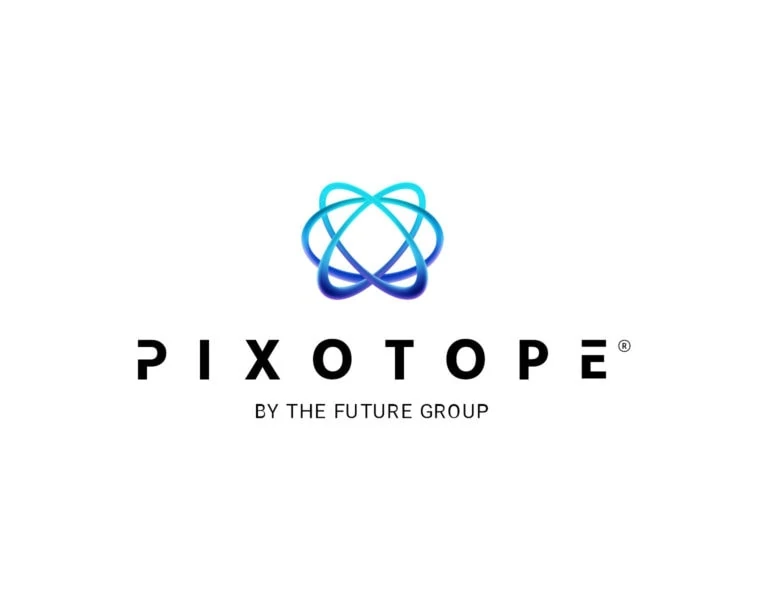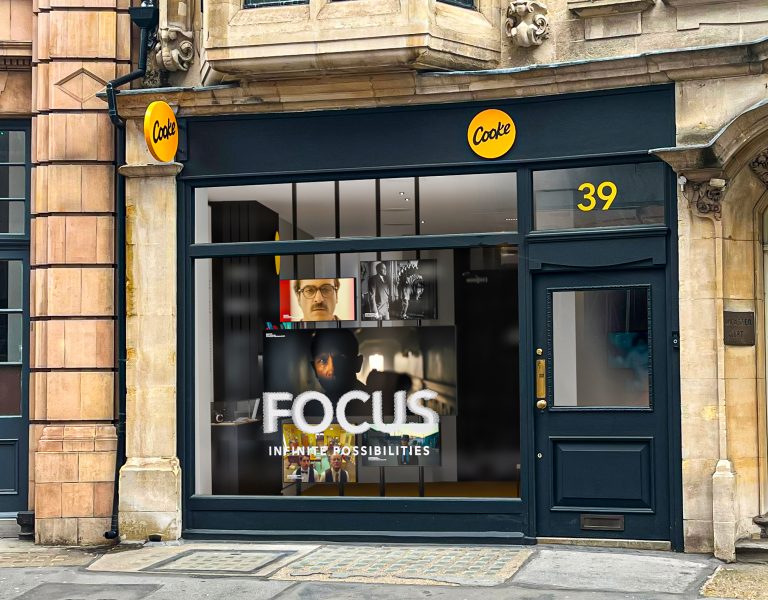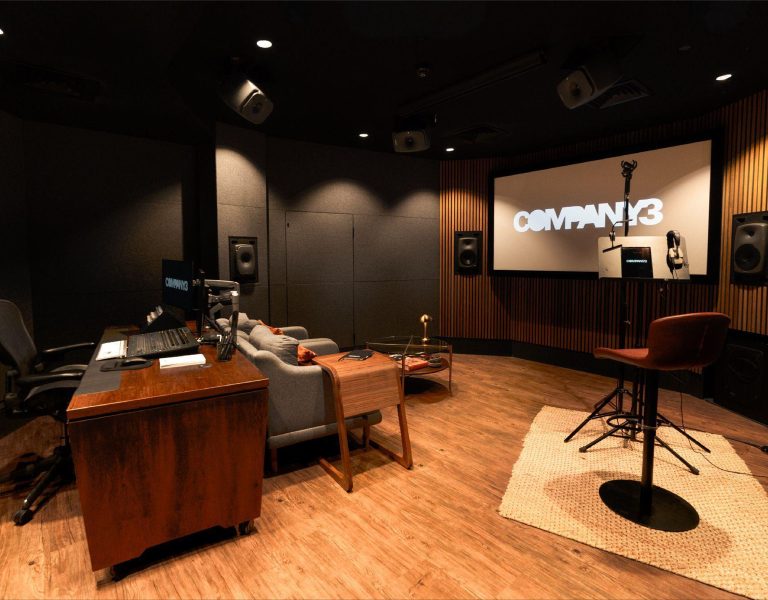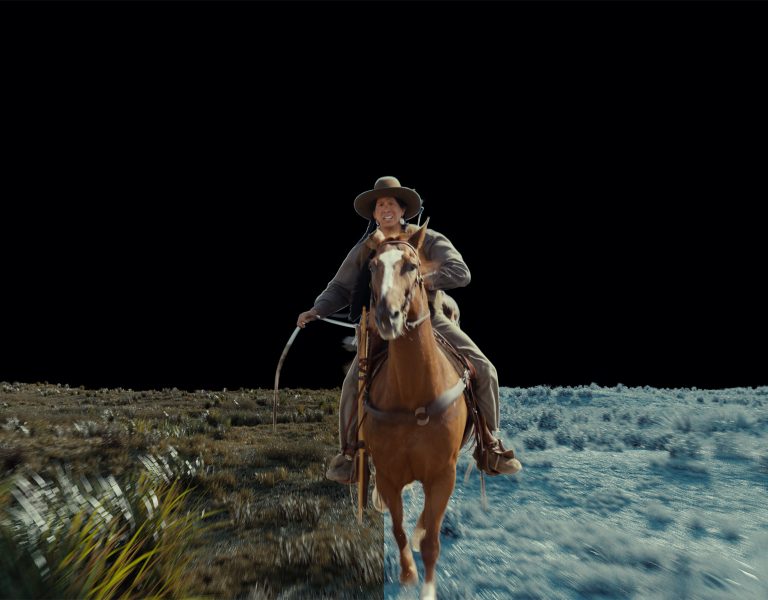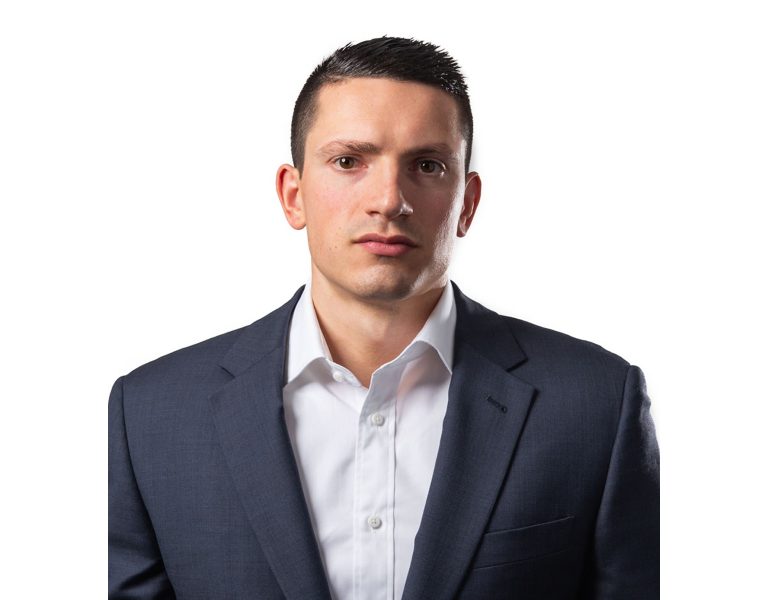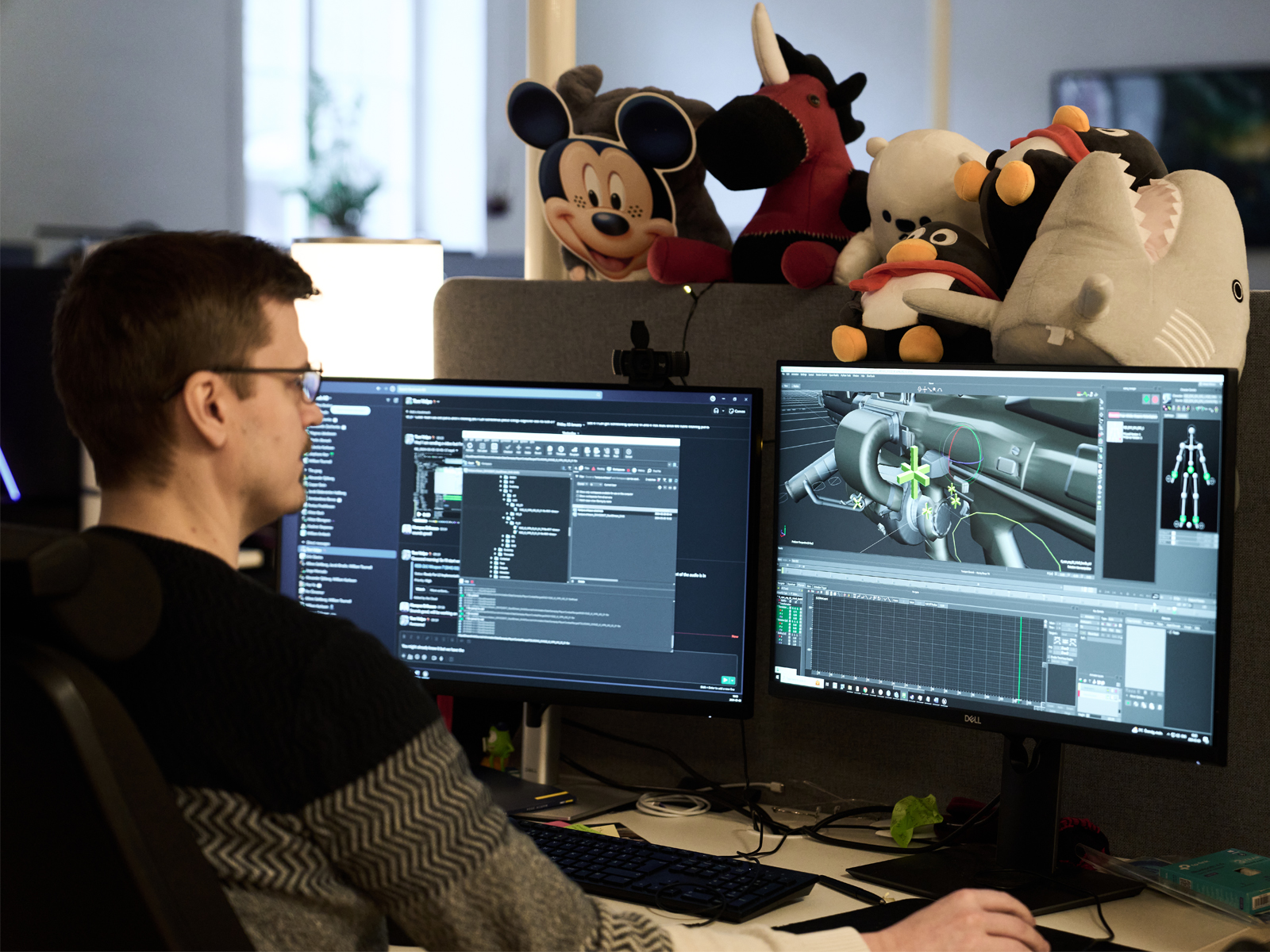
Photogrammetry is an instrumental tool in the visual effects (VFX) pipeline.
It saves significant time and money by quickly creating a three-dimensional (3D) asset to aid the creation of 3D models for use across many different types of productions. Today, the technologies that enable the technique to continue to develop rapidly, making the process even easier and more time-efficient than ever before.
Before it became a staple in the VFX workflow, artists would use traditional 3D modelling techniques to create digital 3D objects from scratch by hand or using a simple photo reference. Photogrammetry has drastically reduced this time- and labour-intensive initial creation process. It works by capturing images of objects, people, or environments from multiple angles and then combining them to create a highly detailed digital 3D representation. Today’s advanced and intuitive photogrammetry software, when using Sony’s Camera Remote Toolkit for example, allow studios to automate this process, offering further workflow and cost efficiencies.
Why it matters in today’s VFX landscape
Film studios are mounting more and more pressure on VFX studios to deliver high-end visual effects for less, often chasing tax subsidiaries and awarding work to those with the cheapest workforce. Recent circumstances have added to this pressure; the repercussions of industrial strike action and increased expectations of episodic VFX for television, meaning higher quantities and quality of work on smaller budgets. With tighter deadlines and increasingly lower budgets, VFX studios are forced to find ways to lower costs and improve the efficiency of their workflows and operations to remain an attractive option for film studios.
So – whether it’s for feature film, episodic or commercial – when does it make sense to build, and when doesn’t it?
Delivering more creative freedom with custom-built 3D models
For VFX studios, building 3D models in-house offers substantial advantages, from delivering more creative freedom and greater quality control to the ability to stand out from competitors with specialist asset libraries.
A common reason to build is if a project requires unique or highly detailed assets. For example, a VFX studio might choose to build a specific hero prop to ensure it meets the quality and creative vision set by a film studio. Similarly, protected intellectual property (IP) from major studios – iconic hero characters, objects or environments – aren’t readily available online. These highly guarded assets are often supplied to studios as 3D models or digi-doubles, or in some cases, larger VFX studios with photogrammetry facilities will produce their own scans. By building 3D models, artists have the ability to adapt an asset if a creative brief evolves.
Custom-built models are also required when a 3D asset has highly complex rigging or animation needs, or if there is no physical equivalent to an object, character or environment, so it can’t be scanned for reference. For example, a dragon or epic fantasy world.
Often, building can’t be avoided. However, its process is both time-consuming and costly, requiring skilled artists and longer production cycles. In any case, photogrammetry should be considered over hand-building digital assets from scratch because of its ability to significantly shorten the initial creation process. It becomes particularly interesting when the VFX technician can directly and fully control the cameras, further accelerating the process and getting the required level of detail. This is where kits by manufacturers, like Sony’s Camera Remote Toolkit come into their own, as they allow software and developers’ to fully customise the photogrammetry process to their requirements.
Plug and play: the benefits of ready-made 3D assets
With its high-end and minimal effort requirements, photogrammetry is the answer for vendors needing faster and cheaper ways to deliver the same highly accurate and high-quality results. This increased demand has given rise to online businesses that, using photogrammetry, produce and sell photo-real assets at a lower cost.
Online platforms, such as Quixel, manage vast libraries made up of thousands of ready-made 3D assets compatible with popular software used across the VFX industry. VFX studios can quickly and easily purchase individual objects or ‘megascans’ – junkyards, forests, rubble, cities – that deliver entire environments, themselves made up of hundreds of 3D assets. The benefits of buying hard surface or static assets that aren’t interacted with is clear; not only do VFX studios save time in the initial creation process, but they also reduce the workload of processes further down the VFX pipeline.
The benefits extend to all types of productions; studios with in-house advertising divisions are faced with even tighter turnaround times for projects, making buying high-quality, low-cost 3D assets a practical and desirable choice.
The democratisation of photogrammetry
As photogrammetry becomes more accessible, and as software, such as Unreal Engine, becomes standardised – ensuring quick and easy compatibility – buying digital assets will continue to be an efficient and cost-effective choice. However, increased accessibility could also see studios start to invest in their own photogrammetry facilities, and the investment could even add additional revenue streams by producing 3D scans for other studios.
Photogrammetry is vital to the creation of digital doubles, with actors’ scans being used more than ever for fully animated shots, VFX stunt sequences or face replacements. Similar to the centralised online platforms for buying models, is there a future where studios have access to centrally captured scans of actors, with carefully managed rights and ethical aspects assessed? It’s something that would require strict regulatory frameworks and laws to protect actors against misuse, but it can’t be ignored as the industry continues to look for ways to shorten production cycles to respond to an ever-increasing public appetite for content.
Photogrammetry has transformed the economic landscape of the VFX world, enabling cost savings and greater workflow efficiencies for all, from multi-regional VFX studios to small independent post-production houses. For now, there are clear benefits to both buying and custom-building but, in both instances, photogrammetry should be considered to remain competitive.
–
Words: Mike Williams, Head of Business Development Engineering, EPE at Sony Europe

